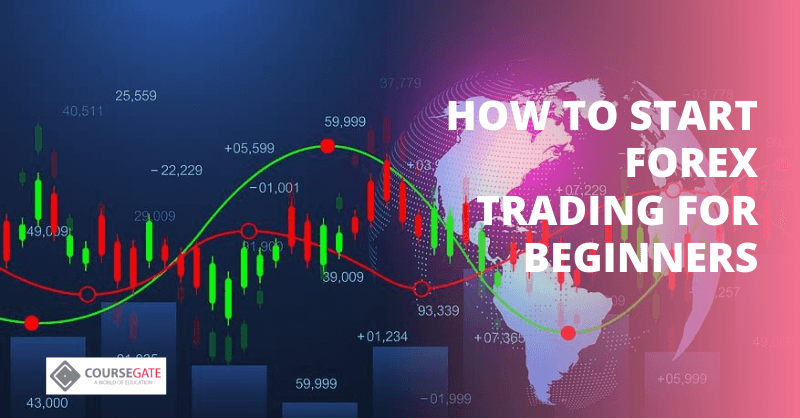In today’s digital world, trading forex, or foreign exchange, has emerged as an alluring avenue for investors seeking to seize global financial opportunities. Forex trading involves buying and selling currencies from different countries, capitalizing on the fluctuations in their exchange rates. While the potential rewards can be substantial, navigating this dynamic market requires a thorough understanding of its principles. This comprehensive guide will provide you with the essential knowledge and strategies to embark on your forex trading journey with confidence.

Image: coursegate.co.uk
Understanding Forex Trading
Forex trading is the world’s largest financial market, with an estimated daily trading volume exceeding $5 trillion. It operates 24 hours a day, five days a week, providing traders with ample opportunities to capitalize on currency movements. Forex currencies are quoted in pairs, such as EUR/USD, where the first currency is the base and the second is the quote. The value of the base currency fluctuates against the quote currency, and traders profit by correctly predicting these fluctuations.
Getting Started
1. Choose a Reputable Broker:
Selecting a trustworthy and regulated broker is crucial. Look for brokers offering competitive spreads, low commissions, and a proven track record.
2. Open a Trading Account:
Once you have chosen a broker, you need to open a trading account. This typically involves providing personal information and depositing funds.
3. Familiarize Yourself with Trading Platforms:
Most brokers provide a trading platform where you can execute trades, manage your account, and access market data. Take time to familiarize yourself with the platform’s features.
Understanding Key Concepts
1. Currency Pairs:
Forex trading involves trading currency pairs. Each pair consists of a base currency and a quote currency. The EUR/USD pair, for example, represents the Euro (base) versus the US Dollar (quote).
2. Spread:
The spread is the difference between the bid price (the price at which you can sell) and the ask price (the price at which you can buy). Tighter spreads mean lower trading costs.
3. Leverage:
Leverage allows you to trade with more capital than you have available. However, it also amplifies both profits and losses. Beginners should use leverage cautiously.
4. Order Types:
There are different order types available, including market orders, limit orders, and stop orders. Choose the order type that best suits your trading strategy.

Image: www.fxpipsguru.com
Trading Strategies
1. Technical Analysis:
Technical analysis involves studying historical price data to identify patterns and trends that may indicate future price movements. Traders use technical indicators, such as moving averages and support/resistance levels, to make trading decisions.
2. Fundamental Analysis:
Fundamental analysis focuses on economic and political factors that influence currency values. This includes news events, interest rate changes, and inflation data. By understanding the underlying factors, traders can make informed predictions about future currency movements.
3. Scalping:
Scalping involves making frequent trades over a short period to capture small profits from small price fluctuations. Scalpers use tight spreads and high leverage.
Risk Management
1. Set Realistic Goals:
Avoid setting unrealistic profit targets. Start with small trades and gradually increase your trading size as you gain experience.
2. Control Your Leverage:
Excessive leverage can magnify losses. Use leverage wisely and never risk more than you can afford to lose.
3. Place Stop-Loss Orders:
Stop-loss orders automatically close your position at a predetermined price level to limit your losses in the event of an unfavorable price movement.
4. Manage Your Emotions:
Trading can be emotionally challenging. Stick to your trading plan and avoid making impulsive decisions based on fear or greed.
How To Get Into Trading Forex
Conclusion
Forex trading offers significant potential for financial gain, but it also carries inherent risks. By embracing the principles outlined in this guide, you can significantly enhance your chances of success in this dynamic market. Remember, education is paramount. Continuously expand your knowledge, stay abreast of market trends, and practice sound trading strategies to maximize your trading potential.






